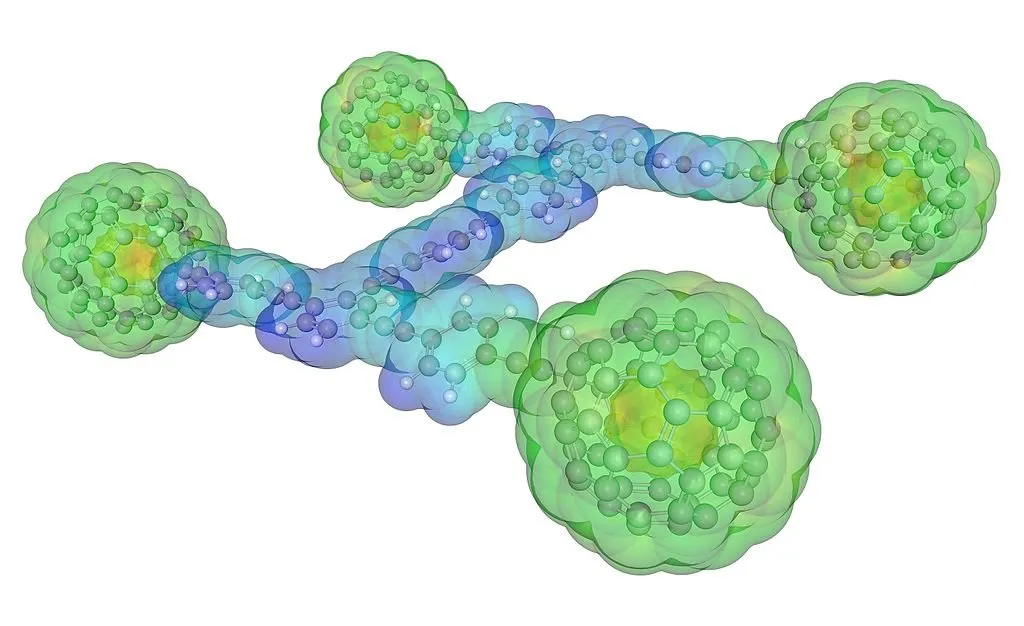
The future... What does it hold? What will we accomplish as a species? Will we colonise space? Or the deep blue sea? Its hard to believe we are now living in an age which promises advancements in nanosensors, nanobots and nanofibre material. Nanotechnology has been improving by leaps and bounds in the past decade and scientists have now found a way to create a molecular robot.
The new and growing branch of nanotechnology promises much. In the near future, experts predict that nanosensors will be used inside our bodies to monitor our health and alert us of disease or even an oncoming health crisis. Nanosensors could also monitor the environment. Another exciting application is creating the next generation of materials with novel properties.
Sensors are the first step in an ever more ambitious process of merging man with machine. Beyond that nanobots will be capable of making instant repairs based on the information provided from nanosensors.
Consider self-healing materials. Tear your jacket. No problem. It just grows back. In the realm of energy, nanotech could be used to improve solar cells and develop ultra-capacitors for energy storage, which could help us embrace green energy and jettison fossil fuels. In total, scientists believe nanotech can help us to develop multi-component systems that are smart, autonomous, and adapt to the environment or changing circumstances.
It wasn't until just recently that a research team at the University of Manchester in the UK reached another milestone. They’ve developed a robot that operates on the molecular level. The world’s first molecular robot has an arm which can manipulate individual molecules or move them in clusters. This is an amazing leap in what was previously only a field considered in science fiction.
The thing is a millionth of a millimeter in size. To give you an idea of the scale we’re talking about, one quintillion (a billion billion) of them piled together would be about equal to a few grains of salt. Each machine is comprised of 150 atoms. That includes carbon, hydrogen, oxygen, and nitrogen atoms. Though small, these machines could offer us incredible capabilities, such as to work in tiny, molecular factories, in order to manufacture the next generation of materials and products.

Nanocar created at Rice University. Edumol, Molecular Visualizations. Wikimedia Commons.
They have now finished prototypes of the first molecular nanobot and beyond that it actually can be made to perform the function of gathering multiple molecules together. How much longer will we have to wait until nanobots are a regular part of health and wellness therapy. How many applications will be found for them?
Please leave comments and feedback below!
Thanks for reading.
Source:
The World’s 1st Molecular Robot Has Just Been Created by UK Scientists - Big Think